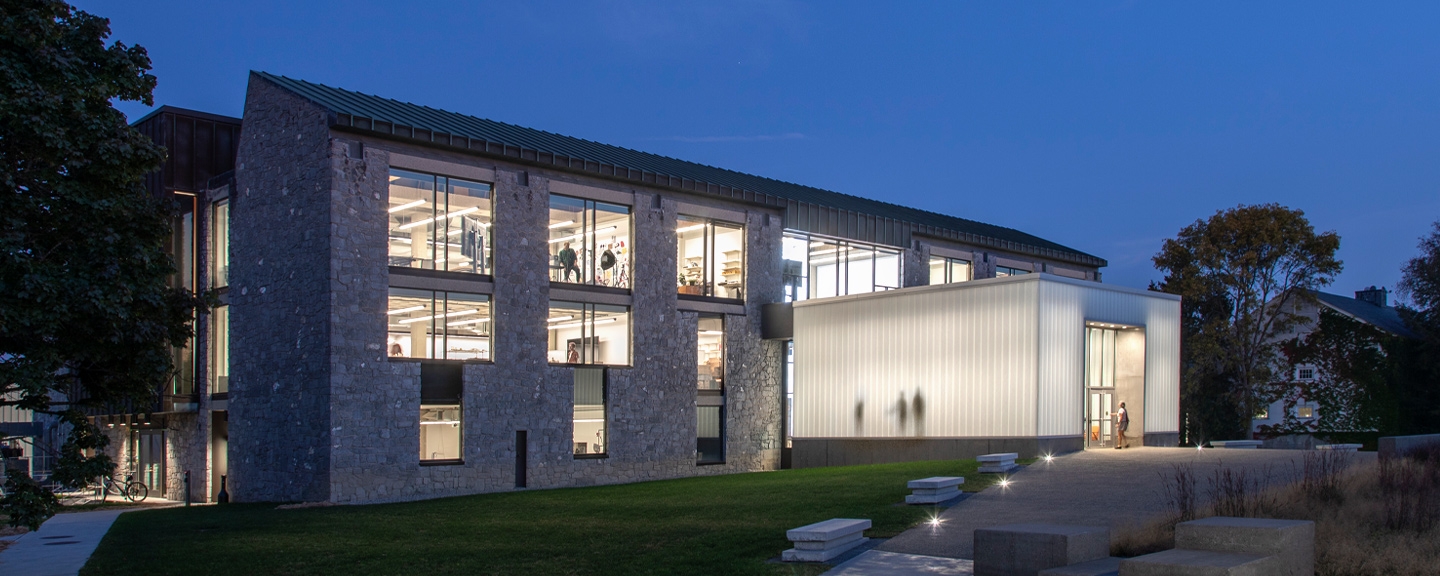A New Museum for Middlebury
Middlebury has an opportunity to expand the Museum of Art’s reach and impact through a new building and a new location.

We create campus environments to support our academic mission and to build community for our students, faculty, and staff. Campuses must evolve to sustain and advance their work as each generation’s needs evolve. The master plans we create and buildings we construct today will empower the current generation—and those that follow.
Art Museum: Enable students to experience global cultures, histories, and heritages firsthand in a dedicated, leading-edge space. The new museum will help integrate art into the entire liberal arts and sciences curriculum in “the largest classroom on campus.” In design phase
Athletics Facilities: Improve athletics facilities, including renovations at the Snowbowl, to sustain athletic achievement and students’ fitness.
First-Year Residential Complex: Create a new living-and-learning environment for first-year students to replace Battell Hall. The complex will promote community building, belonging, and Middlebury’s goals for inclusion and understanding. Projected completion: spring 2025
Quantitative Learning Center: Transform our Quantitative Learning Center in McCardell Bicentennial Hall to become a dedicated tutoring space for students doing quantitative work in courses across the disciplines. In design phase
Christian A. Johnson Memorial Building: Renovate Middlebury’s home to the Departments of Architectural Studies and Studio Art to improve accessibility, energy efficiency, and functionality. Reopened fall 2023
Middlebury has an opportunity to expand the Museum of Art’s reach and impact through a new building and a new location.
A $10 million gift has transformed one of the most significant buildings at the College, preserving its distinctive architectural details and enhancing it for today’s students.
A first-year residence hall will create community and connection for 298 students in a fully accessible, environmentally sustainable building.